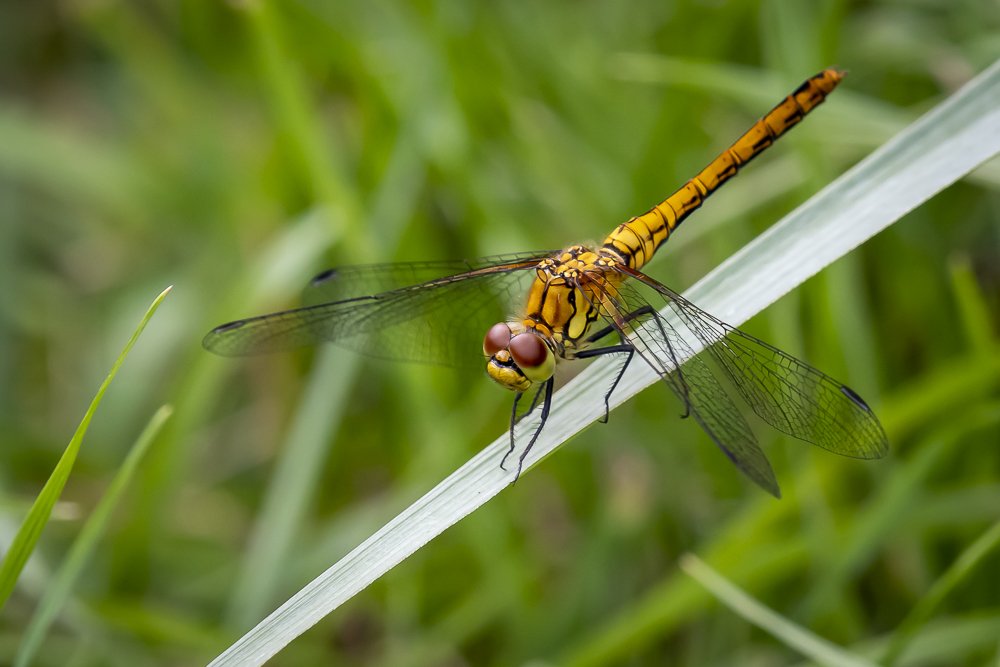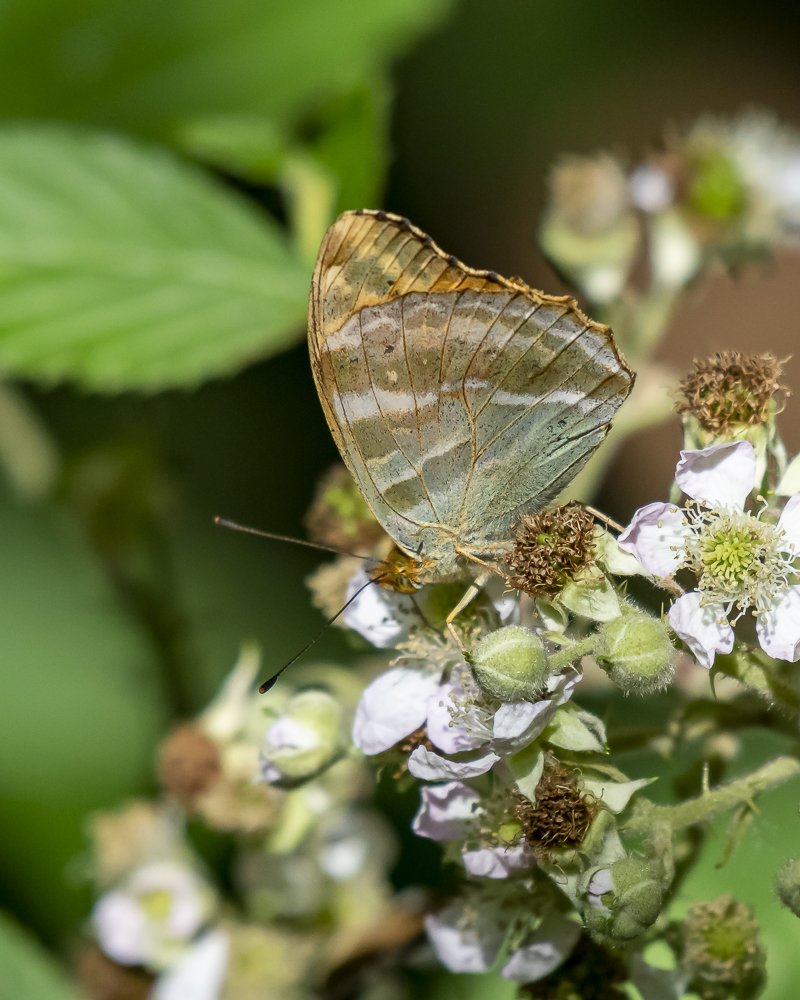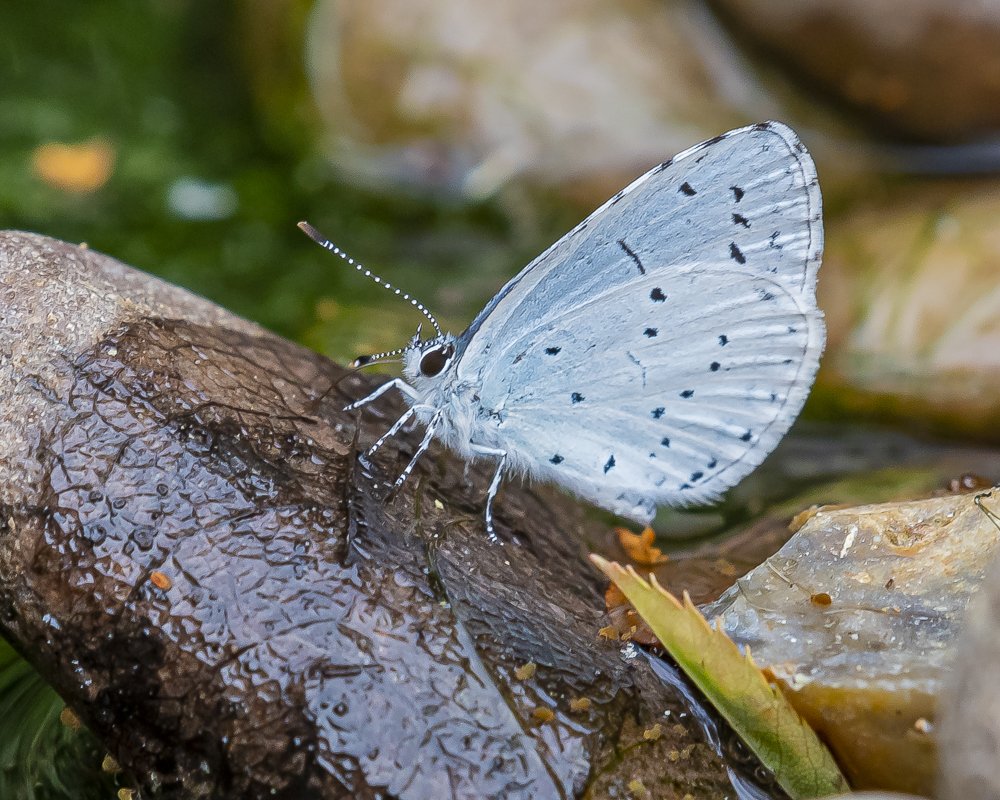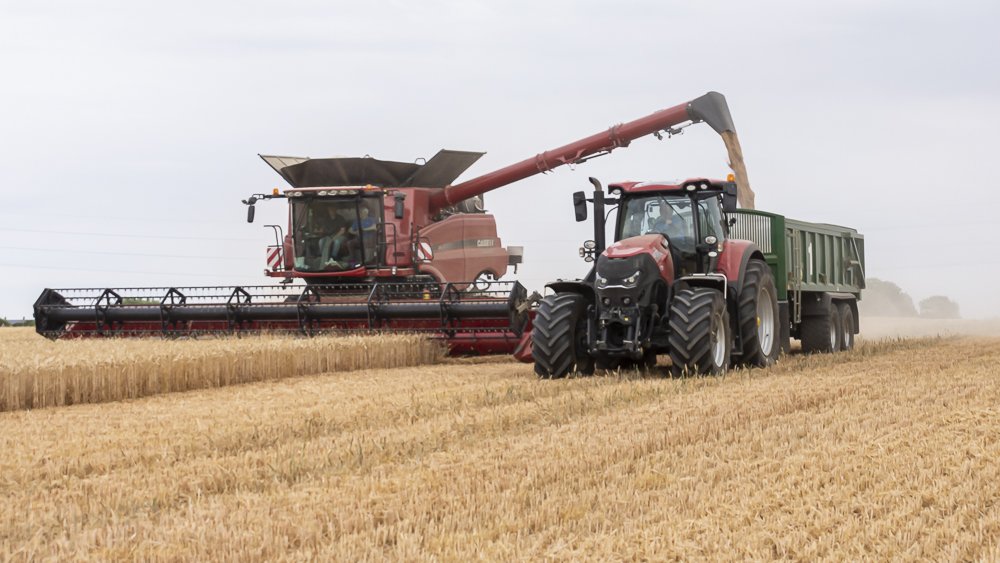July has been very hot and dry in this part of the country. Not much to photograph in the way of Birds this month so we have been concentrating more on Butterflies and insects. Himself has been very busy with golf tournaments and on the hottest two days of the year found himself helping out a friend photographing a big golf competition in Kent. However, a sea breeze kept the temperature a bit more bearable than they were at home. You can check out www.kevindiss.com for the pictures.
Just before the heatwave we were starting to get a nice selection of Butterflies in the garden and surrounding countryside where we walk the dog, but it is as though the heat was too much, even for them, and for a while they seem to have disappeared. Having said that, we have had a lot of Gatekeepers, or Hedge Brown Butterflies and Ringlets this year. A good year for them we think.
More of our summer pictures can be found in the summer gallery. https://wildimagephotogrpahy.smugmug.com/Wild-Life-Galleries/Summer/
Ringlets and Gatekeepers.
As its English names suggest, the Gatekeeper (also known as the Hedge Brown) is often encountered where clumps of flowers grow in gateways and along hedgerows and field edges. It is often seen together with the Meadow Brown and Ringlet.
You never know what you will find on a walk around The Great Fen, Wood Walton. This is a form of Blue Tailed Damselfly - rufescens. We really went to find the Purple Emperor Butterfly, but only spotted them high up in the trees so no photographs this year I am afraid. Purple Emperors are the second largest of our Butterflies, The Swallowtail being the largest, and are declining in numbers.
Female Ruddy Darter at Wood Walton Fen.
A small White Wave Moth. We disturbed several of these pretty moths as they were in the short grass on the pathways.
We were very pleased to find this White Letter Hairstreak in the garden, even if it was a bit shabby.
Normally, it is difficult to spot, as it flies around the tops of trees, particularly Elms. It occasionally comes down to ground level to nectar on flowers, especially privet and bramble.
The species declined in the 1970s when its foodplants were reduced by Dutch Elm disease, but it is recovering in a few areas.
On a very early morning trip to Brampton Woods to beat the heat we came across a Beautiful Silver Washed Fritillary showing its underside and how it got its name.
We finally managed to photograph a little Purple Hairstreak at Brampton Wood. Several of them were low down in the Oak Trees probably finding shade in the lower branches because of the heat.
Brampton Wood, as well as very wide rides filled with wild flowers and home to White Admiral Butterflies, also has a lovely glade area. This area is flanked by Oak trees where you find the Purple Hairstreaks and has a great variety of insects including this stunning Brimstone Butterfly.
One thing about the heatwave, it encouraged us to take extremely early morning, up with the sparrows dog walks. Although to be fair the Sparrows did not get up all day. On one of these walks we found Purple Hairstreaks ! Less than five minutes from home. Couldn’t believe it. All the years we have lived here and we have never spotted these before. How long have they been here. Why have we been walking Brampton Wood and Wood Walton fen to see them. This butterfly is widely distributed throughout southern areas wherever there are oak trees, even a solitary tree may support a colony. It is frequently overlooked as adults remain largely in the canopy where the main adult food source is honeydew. They fly more commonly in the evening of a warm summer's day although we spotted them early morning. They are only driven down to seek fluid and nectar during prolonged drought, which is probably why they were on the ground this year.
Another spot on our early morning dog walks was the White Letter Hairstreaks. Again less than five minutes from home. The underwings are brown, with a white W-shaped streak, an orange edge and small tails, which can be seen quite clearly on this photograph unlike the tatty one one found in our garden a few days before. The White-letter Hairstreak has the erratic, spiralling flight typical of Hairstreaks
Our Granddaughter first found these in this particular area on an afternoon ramble and we did not find them again for about two weeks. Then all of a sudden there they all were, again being forced down by the heat we suspect. We had found one or two of these many years ago in different part of the wood but not close up.
Grasshoppers are thriving in the hot dry weather. They jump and fly around your feet as you walk through the dry grass, and who knew they came in so many sizes and colours.
Red Soldier Beetles are also thriving this year.
A text from the local farm to say they were haymaking and that Red Kites were about would we like to go up, so of course we went.
Close encounter with a Red Kite.
Everything is getting thirsty and the Holly Blue flew down while we were topping up our little garden pond which had started to resemble a puddle.
Something was keeping Little Eva dog entertained on the lawn and on investigation we found this small Footman Moth. We rescued it before Eva did.
Another message from the farm to say harvest was underway. Who cannot resist watching a Combine and Tractor
This time not Red Kites but Buzzards over the stubble fields.
As we head into August the hot dry weather continues and still no sign of rain. What a summer!


















